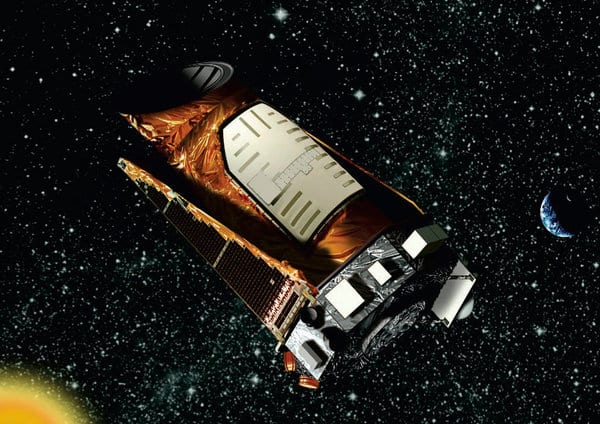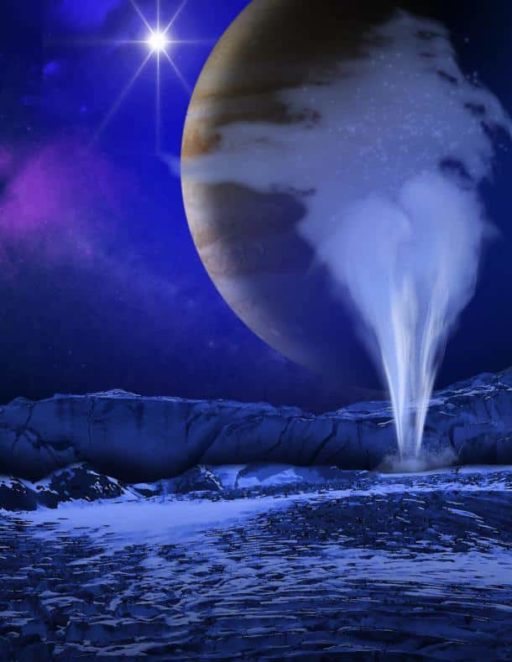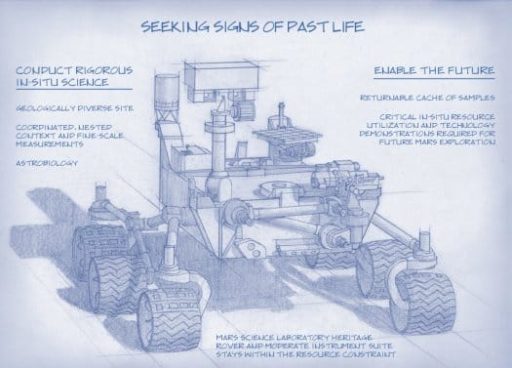NASA launched its Kepler space telescope on 7 March, 2009. Since then, the NASA Kepler probe has found three new planets that may contain water and suggested that nearly a quarter of all Sun-like stars in our galaxy host Earth size planets. Yesterday, NASA announced that Kepler has been shut down by the failure of one of the reaction wheels that keep it pointed.
NASA Kepler was launched to the space with four reaction wheels. Last year one of the wheels failed after showing signs of erratic friction. In January of this year, engineers on Earth noticed that wheel no. 2, which keeps Kepler pointed, was experiencing too much friction. So they shut down the spacecraft for a couple of weeks to give it a rest and hoped the wheel’s lubricant would spread out automatically and solve the problem. Fortunately, the wheel’s lubricant had spread out automatically and NASA engineers again turned the spacecraft back on. But the engineers found that the friction was still there.
On May 12, Kepler suddenly went into a pre-programmed safe mode that kicked in because the observatory had trouble knowing where it should point. In other words, Kepler put itself into safe mode when it noticed it was drifting out of position. When NASA woke it up on Tuesday, May 14, the telemetry indicated wheel No. 4 wasn’t moving, despite commands for it to spin. That means, at present, only two of Kepler’s wheels are working. But Kepler needs minimum three of its wheels active to keep itself properly and precisely aimed. The lack of three working wheels probably robs it of the ability to point precisely enough to detect Earth-size planets.
John Grunsfeld, a former astronaut and Hubble repairman who is NASA’s associate administrator for space science, said at a news conference, “I wouldn’t call Kepler down and out yet. Unfortunately, it’s not in a place where I can go and fix it.” He also said that unless the wheel can be restarted, Kepler will only be able to observe stars that drift into its field of view, severely compromising its ability to spot new planets.
NASA engineers hope to remedy the situation by rocking the wheel back and forth, or perhaps resurrecting the wheel that failed last year, an effort that will probably take several months.
NASA was very much optimistic that Kepler would work absolutely fine without any tiniest problem until 2016, but that doesn’t seem likely now. It may continue functioning in other capacities, not necessarily as an exoplanet hunter.
Do you think is it the end of Kepler? Do you have any suggestion that you want to give NASA as well as its engineers to restart the wheels of Kepler? Don’t hesitate to share your thoughts, ideas or comment in the box below.
Source: New York Times
Thanks To: PopSci
[ttjad keyword=”dslr-camera”]




One must presume these wheels were tested extensively on earth before they decided to use them…
But did they test them in an artificial vacuum?
Its ok though, the snakes and parasites lodged in ruling positions on earth are not ready to peacefully interact with races from other planets, they are not only unable to keep peace here, they actively instigate division and wars among humanity.
So, we don’t need to find any other planets to make miserable with our “leader’s” immaturity and empire mindset.
Maybe those wheels broke cause nobody wants a bunch of psychopathic stalkers to find out their address.